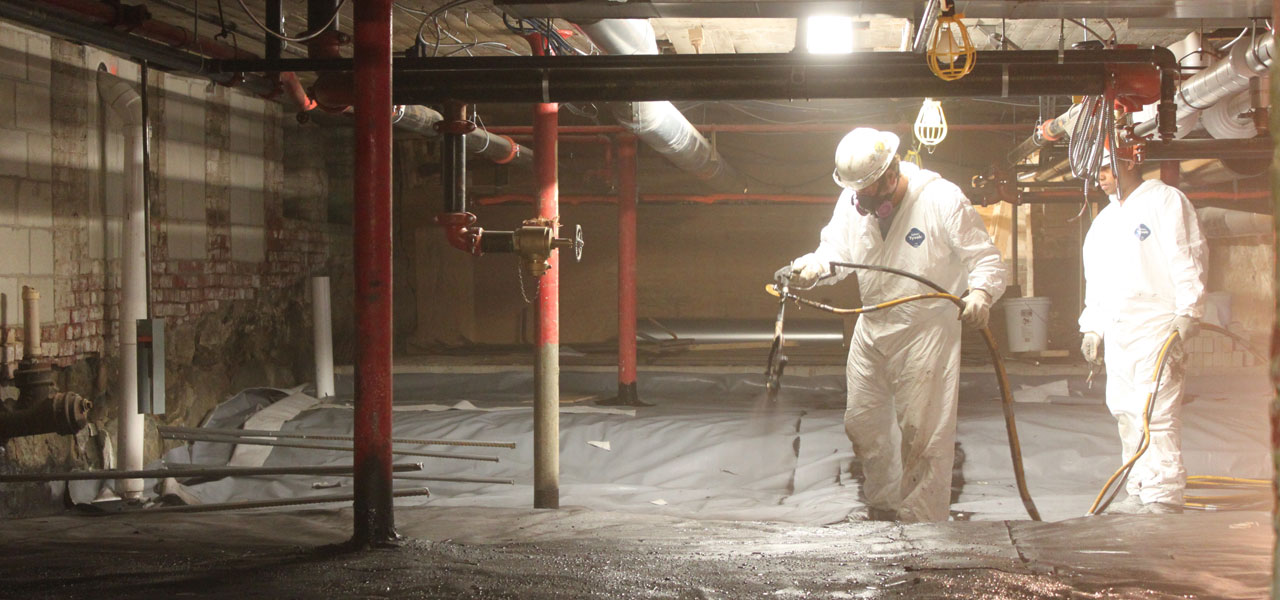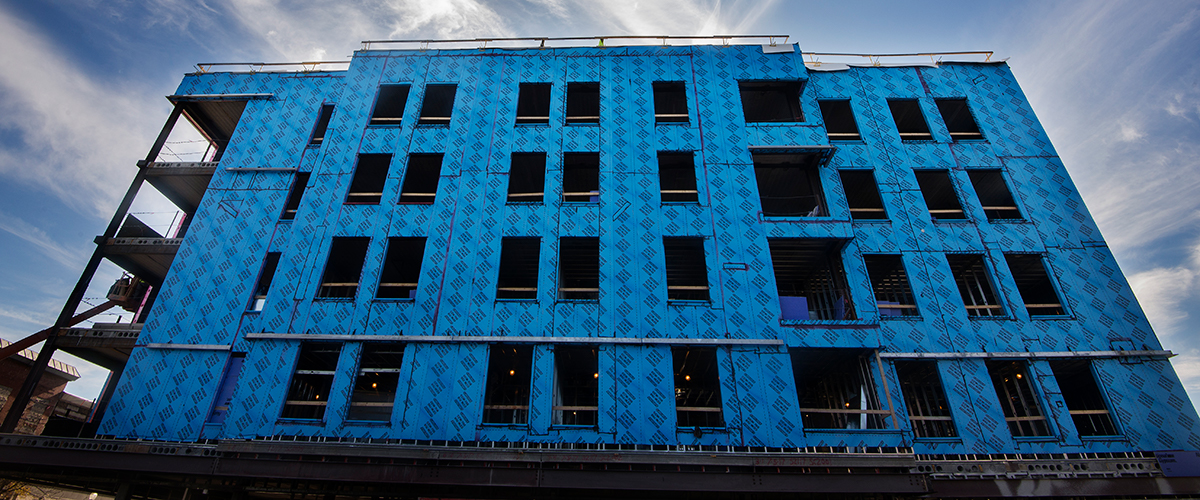
Weatherstripping buildings exposed to hot climates can help reduce moisture problems that can cause the building’s structure to slowly deteriorate and also lead to health and wellness issues. Reducing air infiltration and exfiltration in buildings that are exposed to hot or cold climates is especially important. Weatherstripping provides multiple benefits involving thermal comfort, health and wellness, and indoor air quality. Regardless of how well a building is insulated, cracks or leaks in the thermal envelope or insulation material will result in thermal bridging and a loss of insulation performance, driving up energy costs. Air sealing and building insulation go hand-in-hand. Air SealingĪir sealing restricts the passage of air through leaks in the building insulation. Conversely, uncomfortable employees are more prone to adjust temperature settings, prompting the building’s HVAC system to call for more heating or cooling cycles, driving up energy costs. Comfortable employees are more productive.


Proper insulation reduces the transfer of heat or cold through the building envelope, which enhances thermal comfort for building occupants and supports energy savings.

Insulation creates a barrier between the building’s interior and exterior. Identifying these building envelope failures can help solve energy inefficiencies. However, there are some low-cost solutions, including insulation, air sealing, weatherstripping, and air barriers. This can lead to building envelope failures. Due to the sheer size and complexity of parts that make up the building envelope, identifying problem areas that may exist can be a challenge, often due to a lack of capital or resources. If left unaddressed, damage to the building envelope can account for a significant loss in a building’s efficiency and performance. The building envelope is prone to wear and tear, which eventually can cause cracks, leaks, and other damage. Optimizing the energy efficiency of the building envelope ensures proper regulation of interior building temperatures-helping prevent excessive moisture, heat, or cold-while improving comfort conditions for building occupants and increasing the lifespan of building components.Īpproximately 42% of the energy consumed in a building is lost through the building envelope. Our staff will coordinate installation to ensure your normal course of business is not affected, and we provide the highest level of quality.The building envelope refers to any part of a building that acts as a barrier to the external environment, such as doors, walls, windows, the roof, and the foundation. Once the project has been approved for incentive funding, and you have approved the project, Guardian will schedule a date to implement the measures. Our audit includes a detailed overview, photographs and an action plan to resolve areas of concern. In many cases, very simple solutions can provide significant financial benefits in energy savings.
#Building envelope solutions how to#
Guardian’s energy audit team will evaluate your building to assess where air is infiltration and how to prevent energy loss. Guardian Energy’s energy auditors will document their findings and prepare your utility incentive application for review by your local electric and/or natural gas company. In many cases, the utility provides incentive funding to help pay for building envelope and weatherization projects that can reduce energy usage (up to $1.50 per therm saved). Common projects include doors, windows, insulation and other components that affect utility consumption and overall operating costs. With massive seasonal changes in weather, New England’s property owners and facility managers have set higher standards to meet building codes.

In some cases, older buildings lack the insulation required in today’s standards for overall building envelope and weatherization codes. Many buildings were not properly insulated or weatherized during the initial construction phase.


 0 kommentar(er)
0 kommentar(er)
